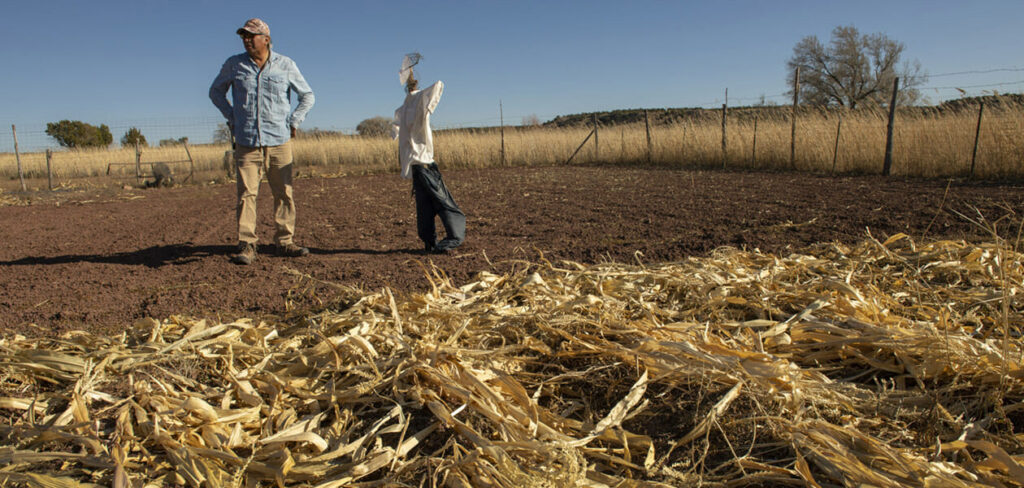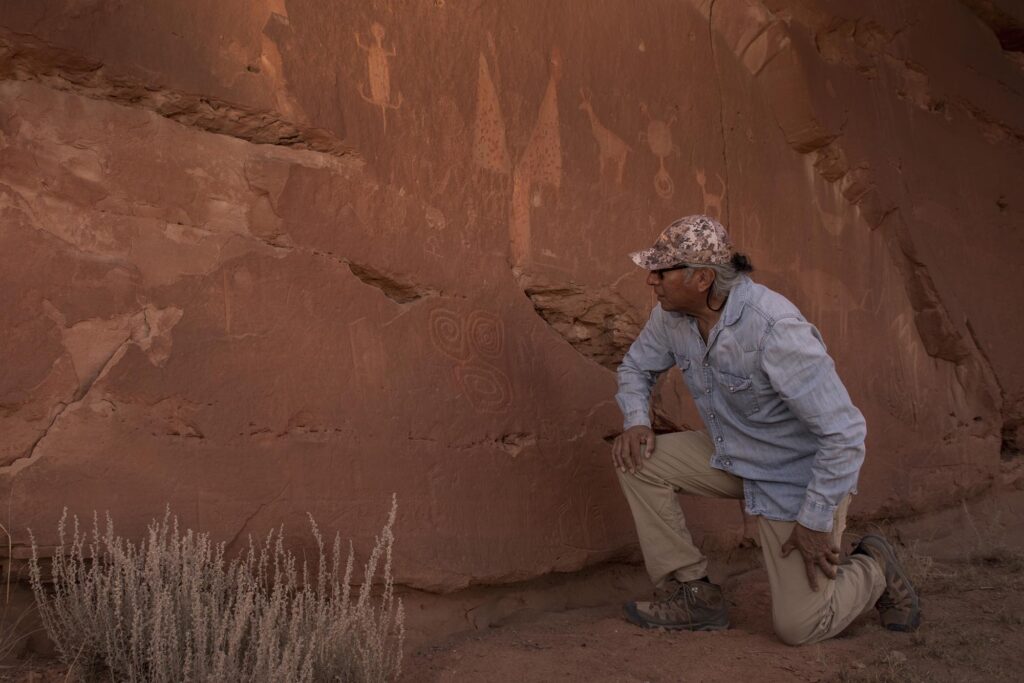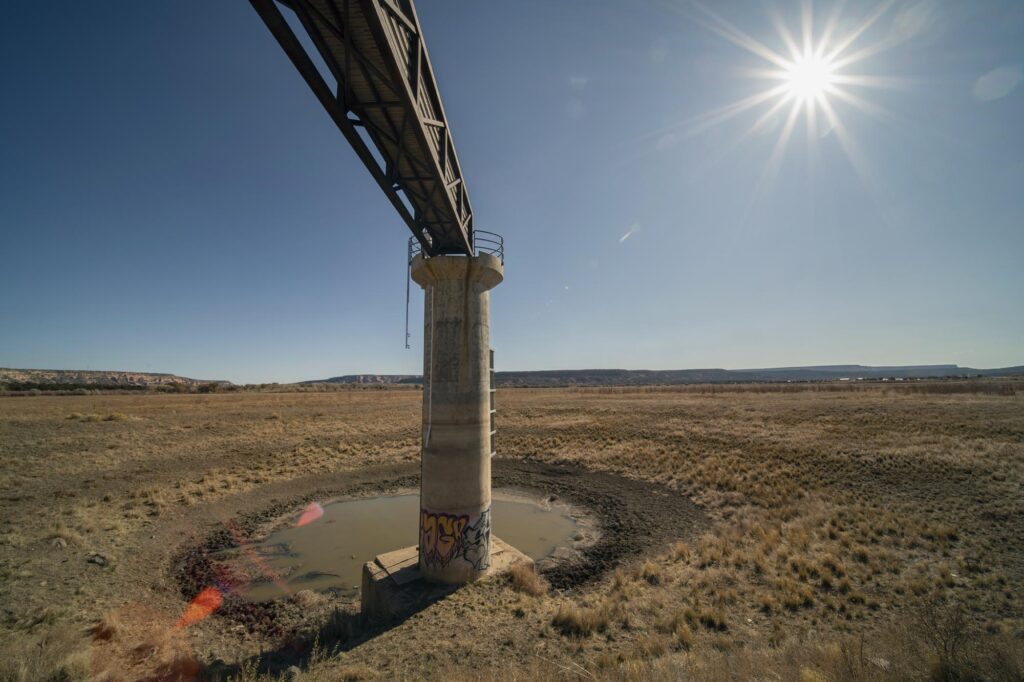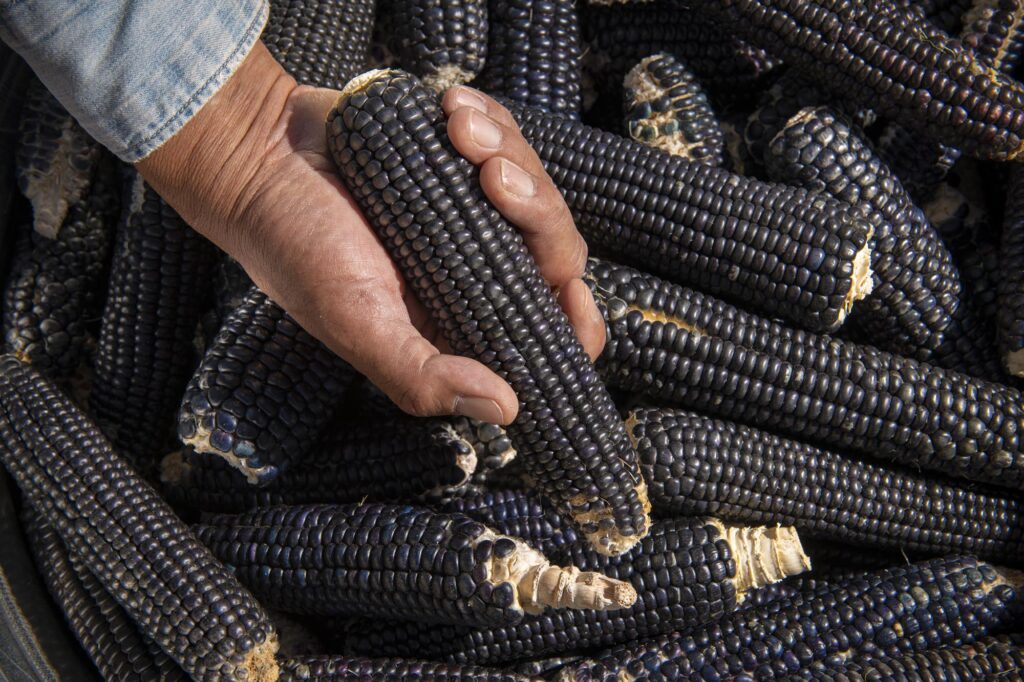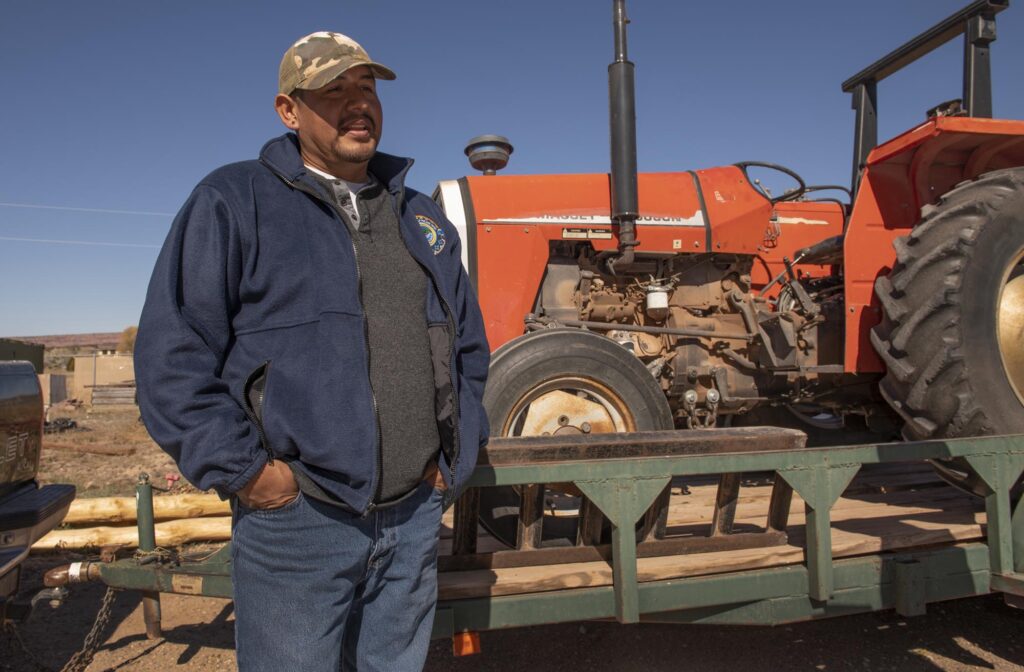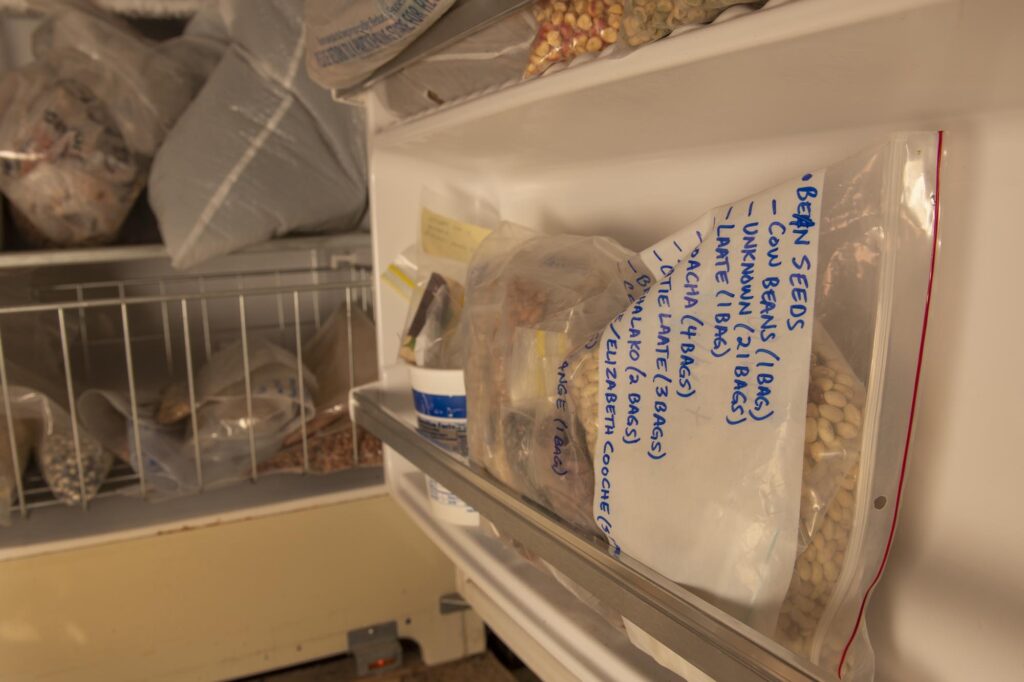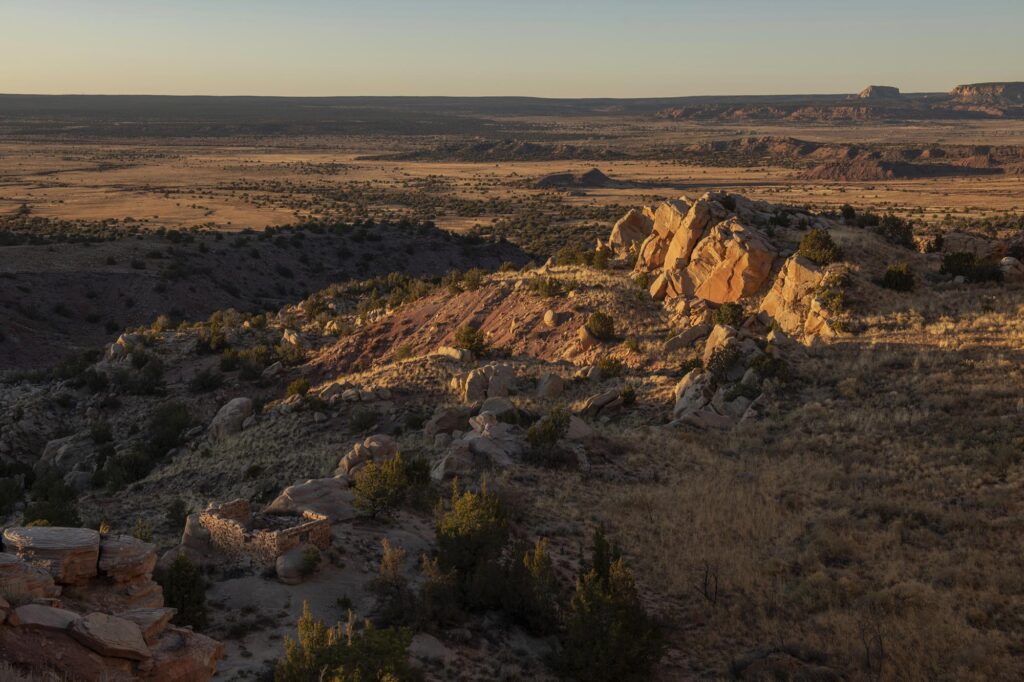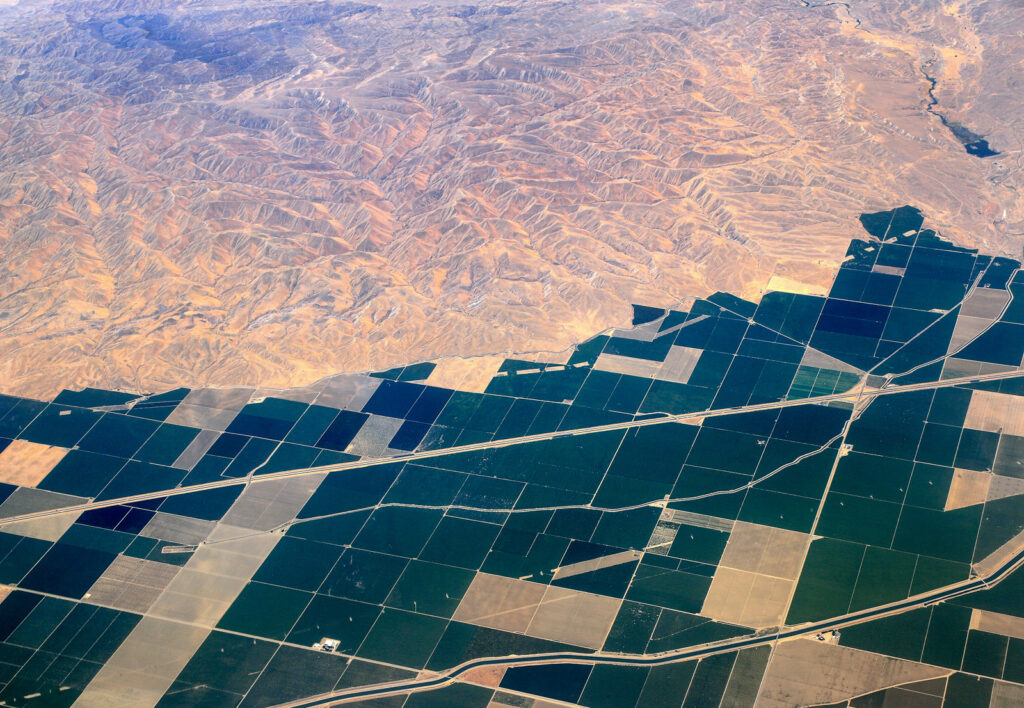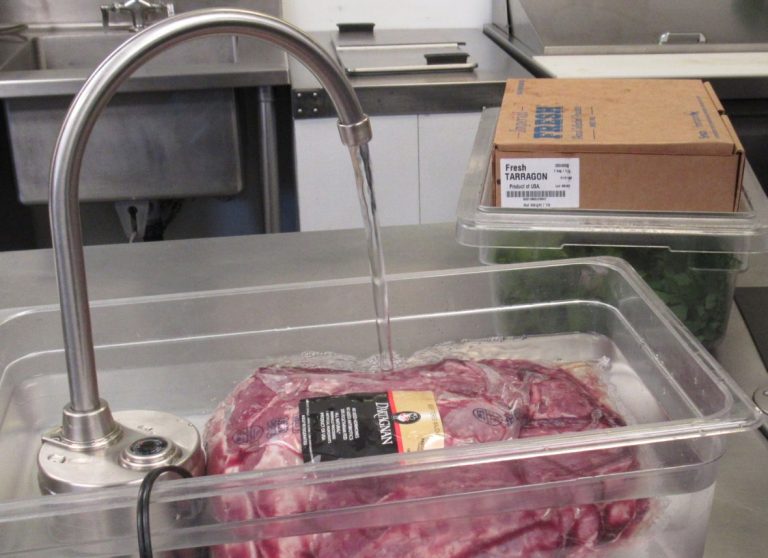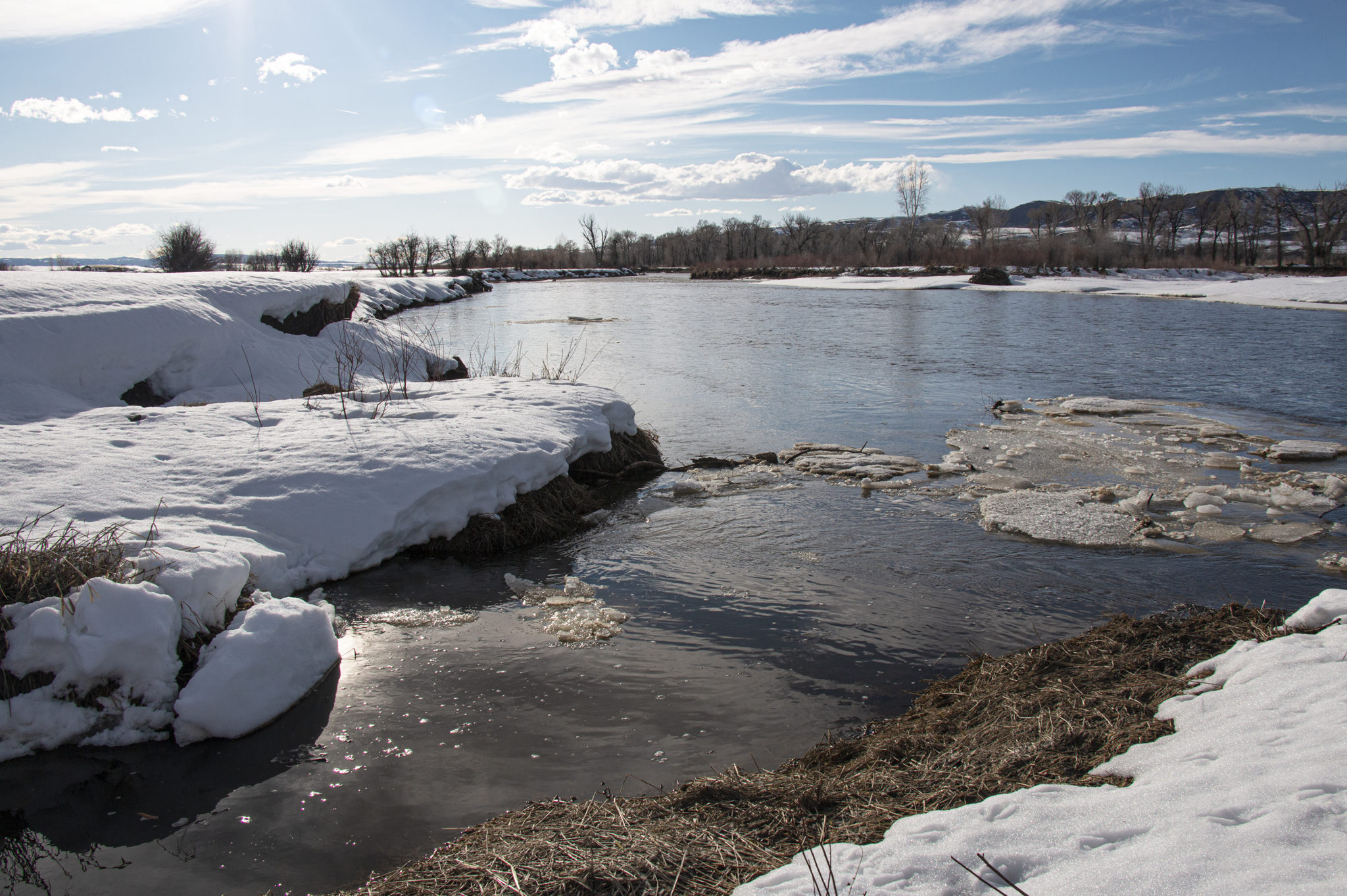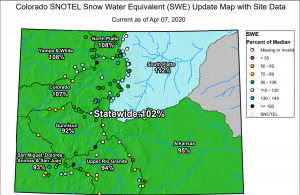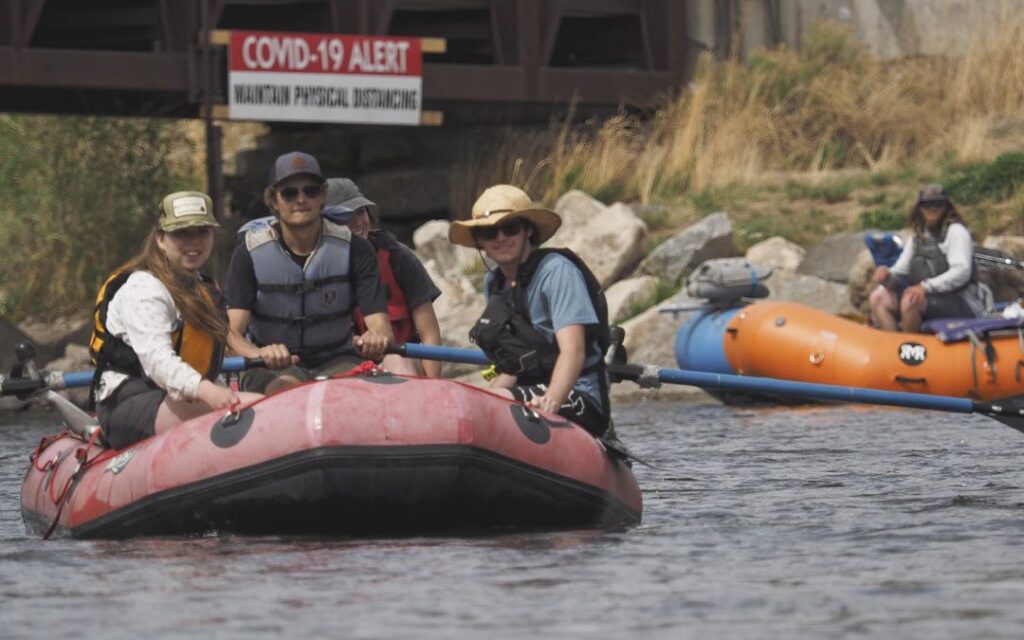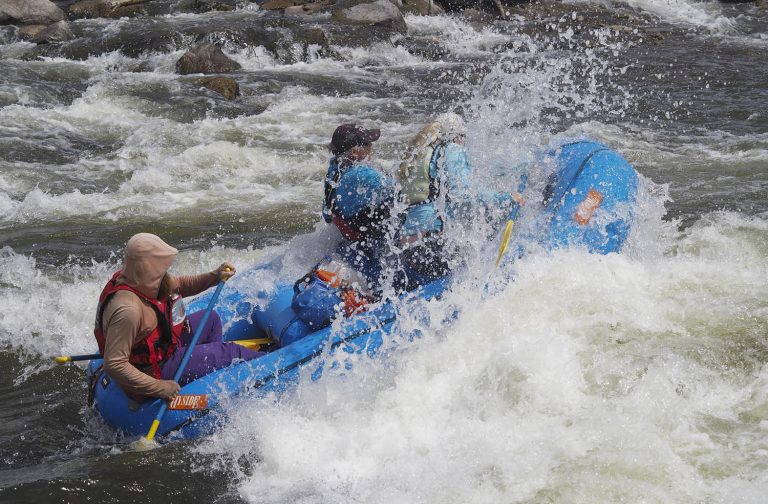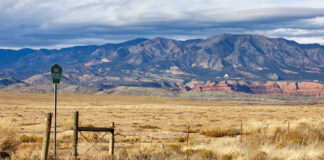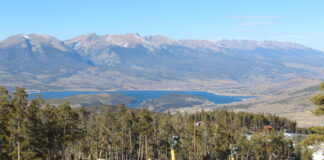
The first flyer arrived at each house in early fall. Another came in November. The message they delivered was alarming: the residents of Pleasanton, California had been relying on contaminated water sources.
What they didn’t say was where the contamination had come from. Or how exactly the city planned on handling the contamination in the long term.
Pleasanton, located in the East Bay about 25 miles east of Oakland and six miles west of Livermore, is home to an estimated 80,000 residents, nearly a quarter of them under 18. It is one of many towns around the country facing a newly recognized problem: PFAS.
PFAS (polyfluoroalkyl substances) are a class of thousands of synthetic chemicals found in many ordinary items, from non-stick pans to dental floss to microwave popcorn bags. These chemicals have been in use since the 1940s, but much about them remains unknown. They have strong carbon bonds, making them persistent in the environment and in the human body—they are also known as “forever chemicals.”
A New “Forever Chemical” Known to Be Bad. But How Bad?
These substances are the latest entry into the directory of toxic industrial chemicals that have made their way into people’s bodies over the last several decades. Their predecessors include lead, asbestos, polychlorinated biphenyls (PCBs), and chromium 6, the focus of the 2000 “Erin Brockovich” movie. But PFAS pose an unusual challenge the predecessors did not.
PFAS (polyfluoroalkyl substances) are a class of thousands of synthetic chemicals found in many ordinary items, from non-stick pans to dental floss to microwave popcorn bags.
“Other kinds of contaminants that have come along were known problems well before they were discovered in areas where they presented a threat to public health,” said Philip Angell, who spent much of his career working at top levels at the Environmental Protection Agency. When asbestos was found in schools in the 1980s, Congress acted quickly because the risks were clear.
But newer chemicals pose a different problem. Many of the PFAS contaminating wells like Pleasanton’s were created in the mid-20th century, when chemical marvels were hailed as signs of progress. From 1935 to 1982, the advertising tagline of DuPont, the giant chemical company, was “Better Things For Better Living… Through Chemistry.” PFAS-containing Teflon, invented by a DuPont chemist, was heavily marketed as a nonstick surface for cooking pots.
Even as more information on PFAS is available every day, basic questions remain unanswered. In Pleasanton, the source of contamination is unclear. Nor are all effects of PFAS known, though some are shown in the 2019 film “Dark Water.” And associated cleanup costs are anyone’s guess. One European study estimates the price tag — including environmental screening, contamination monitoring, and water treatment — to be anywhere between 821 million and 170.8 billion Euros ($927 million to $193 billion).
Lawsuits produced evidence that DuPont knew in 1979 that small doses of one kind of PFAS, known as perfluoroctanoic acid, or PFOA, could harm lab animals; the company had reason to suspect potential dangers from PFAS long before the public did. So did 3M, another big firm. “The chemical industry had [studies] showing health effects long before they were shared with the EPA or the scientific communities,” explained Anna Reade, a staff scientist for the Natural Resources Defense Council. Now we’re playing catch up. “That gap comes from not being told by industry that they were seeing these health effects. Or even just that they were finding PFAS in every blood sample they looked at way, way back in the day.”
So these chemicals have been in the environment for decades with little publicly known about the associated risks. Even now their precise health impact on humans remains unclear. Because scientists can’t directly test humans, they have to turn to animals. Some animal studies have linked PFAS to health effects including changes in liver function and altered hormone levels. However troubling, the studies do not conclusively show the impact of PFAS on people.
But there is little argument that PFAS are harmful, even if the specifics of why and how remain a mystery. Definitively proving causation can take a long time. “For some people, that’s not acceptable. We find a chemical, it looks like it can have an impact on health, why are we waiting?” said Angell.
The overall weight of evidence is clear and, according to Reade, “provides enough for [agencies] to say they have a list of different health effects they’re pretty confident are associated with exposure to PFAS chemicals. So that’s about as good as we can get.”
While Questions Remain, Evidence Suggests Limiting Human Exposure
Even with uncertainty, there are ways forward. A community member recently told Reade that their doctor suggested they act like they’re immunocompromised during COVID-19. Though not diagnosed as immunocompromised, Reade’s acquaintance has high levels of PFAS, which are associated with immunosuppression. “Knowing somebody’s exposed isn’t necessarily going to give you a perfect answer on what to do next,” said Reade, “but it gives you more information on how to be proactive with your health.”
After finding the contamination, Pleasanton sent flyers by mail, emailed customers directly, included information on utility bills, and discussed it at a city council meeting.
Pleasanton has a similar philosophy. “We’ve actually taken a real proactive approach,” said Kathleen Yurchak, the Director of Operations and Water Utilities for Pleasanton. After finding the contamination, Pleasanton sent flyers by mail, emailed customers directly, included information on utility bills, and discussed it at a city council meeting in November.
The two most contaminated wells both contained PFOA and perfluorooctanesulfonic acid (PFOS)—two of the most widely studied PFAS. With combined PFOA and PFOS levels of over 100 parts per trillion, both wells were quickly designated last priority: they will only be operated when necessary. The town hired a consultant to identify treatment options and their cost.

The discovery in Pleasanton highlights one of the major challenges of these chemicals: they are everywhere, even more so than asbestos or lead ever were. As PFAS testing improves and becomes standard, more towns are finding that their water is contaminated. “If you look for PFAS—and you look for more of them at lower levels that are still toxic to people and to the environment—you’re going to find them. That’s the sad part about these chemicals,” said Andria Ventura, the Toxics Program Manager for the California chapter of Clean Water Action, an environmental advocacy group.
“If you look for PFAS—and you look for more of them at lower levels that are still toxic to people and to the environment—you’re going to find them”
Andria Ventura, California chapter of Clean Water Action
That’s what happened in Pleasanton. In March 2019, the California State Water Board initiated Phase 1 of its PFAS investigation. The State Water Board sent investigation orders to airports, landfills, and military bases—all common PFAS sources—and sampled over 600 water systems. As of March 2020, these chemicals have been detected in roughly 50 percent of sampled wells. Eleven such wells supply drinking water to Pleasanton; contamination in three exceeds California’s response level.
The State Water Board announced stricter response levels for PFAS in February 2020. Now just 10 parts per trillion (ppt) of PFOA and 40 ppt of PFOS are enough to spark action. One part per trillion is a miniscule amount—the equivalent of one drop of water in 20 Olympic sized pools. ”When you’re talking about a substance that’s being measured in parts per trillion, that doesn’t say to me, ‘Oh, this isn’t much of a problem.’ That says to me it’s much more toxic than even something we know, like lead,” said Jill Buck, an environmental activist and Pleasanton resident.
If concentrations of PFAS in a water system exceed these levels, it must take the water source out of service, provide treatment, or notify customers in writing. The water system must also communicate the test results to the public. Pleasanton did just that—even before the new law was passed. “To preempt that [legislation] the city has actually done communication in advance of the requirement,” said Yurchak.
Combatting a chemical like PFAS can be expensive and disruptive, according to Angell. “We don’t know at what level it’s a problem, and we don’t know what it takes to eliminate that risk.” The costs of dealing with PFAS are largely unknown, but likely to be beyond what a municipality like Pleasanton can afford. “We are looking to our state and federal officials to help us solve this problem and also look for funding,” said Yurchak. “Having to deal with this is going to be a costly endeavor.”
Pleasanton residents are worried about cost as well. “I don’t think it’s fair that taxpayers have to pay to clean up somebody else’s mess,” said Buck. “We can spend millions of taxpayer dollars to treat the water, but if we don’t cut off the source, we will continue to clean up somebody else’s mess and we will pay for it.”

But what is the source? That’s still unclear. More questions than answers seem to come out of studying PFAS in Pleasanton, including what to do when the source is impossible to trace. “We are not finding much of a pattern,” said Valerie Pryor, the General Manager for Zone 7 Water Agency, a utility service from which Pleasanton receives some of its water.
Some are speculating that the contamination might originate at Camp Parks military facility, or at Lawrence Livermore National Laboratory, both nearby. But Pryor is less sure. “Maybe some from a landfill, maybe some from the airport, maybe some from people doing laundry of their water repellent clothes… I doubt that we’re going to find one or two organizations to go after.”
No single agency seems to be able to address these challenges alone. In Pleasanton, the city itself is focused on immediate management and future planning. By shutting down highly contaminated wells and hiring water consultants, city officials are doing what they can, but they do not have the capacity to search for the source. Zone 7 is working with the state to follow sampling plans and regulations.
State Water Board maps show testing sites across California, many of which have revealed PFAS contamination. Across the country, PFAS have become a national problem — enough so that Congress is taking action.
A Nationwide Catalog of PFAS Contamination

Source: Environmental Working Group; map image used by permission.
Congress Works to Add Superfund Coverage for PFAS Cleanup
One bill in Congress, H.R. 535 or the PFAS Action Act of 2019, passed the House of Representatives in January and has been sent to the Senate. “This legislation is a response to try to make sure that we are helping communities not only limit their exposure to PFAS, but also help them to clean up the contamination that they’re seeing in their communities,” according to a statement from the office of Representative John Sarbanes, a Maryland Democrat.
There has never been a class of chemicals about which so little is known.
This bill would require that PFAS be covered by Superfund, a law that empowers the Environmental Protection Agency to respond to pollutants endangering public health or the environment. The Superfund law can ensure the cleanup of sites where no one is identifiably responsible. This could be crucial when dealing with PFAS—though there have been PFAS found at existing Superfund sites, how the EPA will deal with those cleanups is not entirely clear The measure would also require the EPA to inform communities of public health risks and of contaminant sources, if known.
There has never been a class of chemicals about which so little is known, according to Angell. Since the creation of the EPA in 1970 and the passing of the Toxic Substances Control Act in 1976, chemical regulation has improved slightly, though existing chemicals—including PFAS—were grandfathered in. “We know more before a new chemical is introduced into commerce… but don’t know everything,” said Angell.
How do we find out the rest? “It’s up to regulators and scientists and academia to play catch up and figure it out,” said Reade.
This bill would require that PFAS be covered by Superfund, a law that empowers the Environmental Protection Agency to respond to pollutants endangering public health or the environment. The Superfund law can ensure the cleanup of sites where no one is identifiably responsible. This could be crucial when dealing with PFAS—though there have been PFAS found at existing Superfund sites, how the EPA will deal with those cleanups is not entirely clear The measure would also require the EPA to inform communities of public health risks and of contaminant sources, if known.
Edited by Felicity Barringer.
Longform Story CSS Block
The Water Desk’s mission is to increase the volume, depth and power of journalism connected to Western water issues. We’re an initiative of the Center for Environmental Journalism at the University of Colorado Boulder. The Water Desk launched in April 2019 with support from the Walton Family Foundation. We maintain a strict editorial firewall between our funders and our journalism. The Water Desk is seeking additional funding to build and sustain the initiative. Click here to donate.





